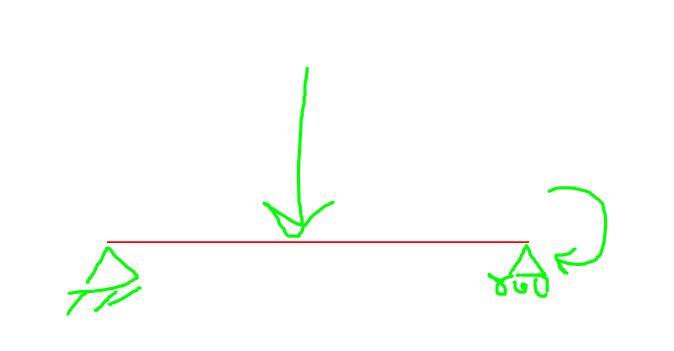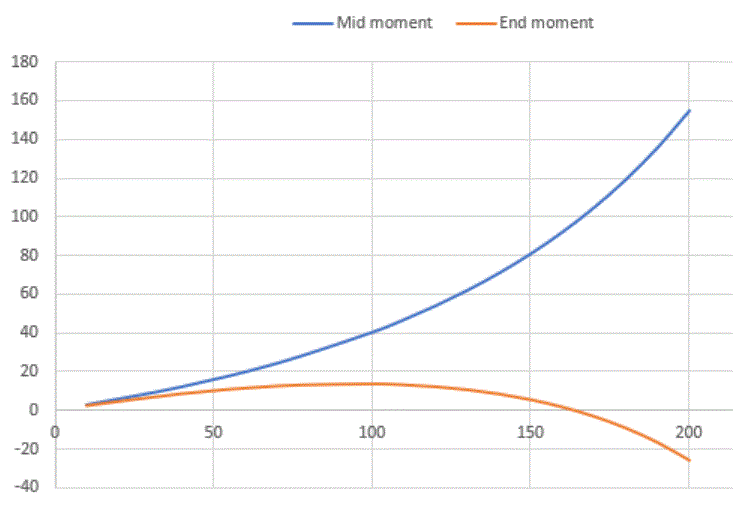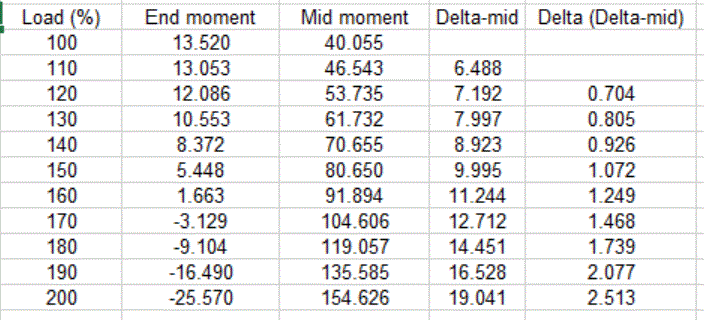HanStrulo
Civil/Environmental
- Apr 16, 2021
- 117
Hi Everyone.
In Appendix 6 of the AISC, the strength and stiffness requirements for bracing are presented with 2% being the rule of thumb.
Is the 2% of vertical load bracing requirement also valid for concrete columns?
Do concrete columns have any special bracing requirements.
Thanks alot!
In Appendix 6 of the AISC, the strength and stiffness requirements for bracing are presented with 2% being the rule of thumb.
Is the 2% of vertical load bracing requirement also valid for concrete columns?
Do concrete columns have any special bracing requirements.
Thanks alot!






